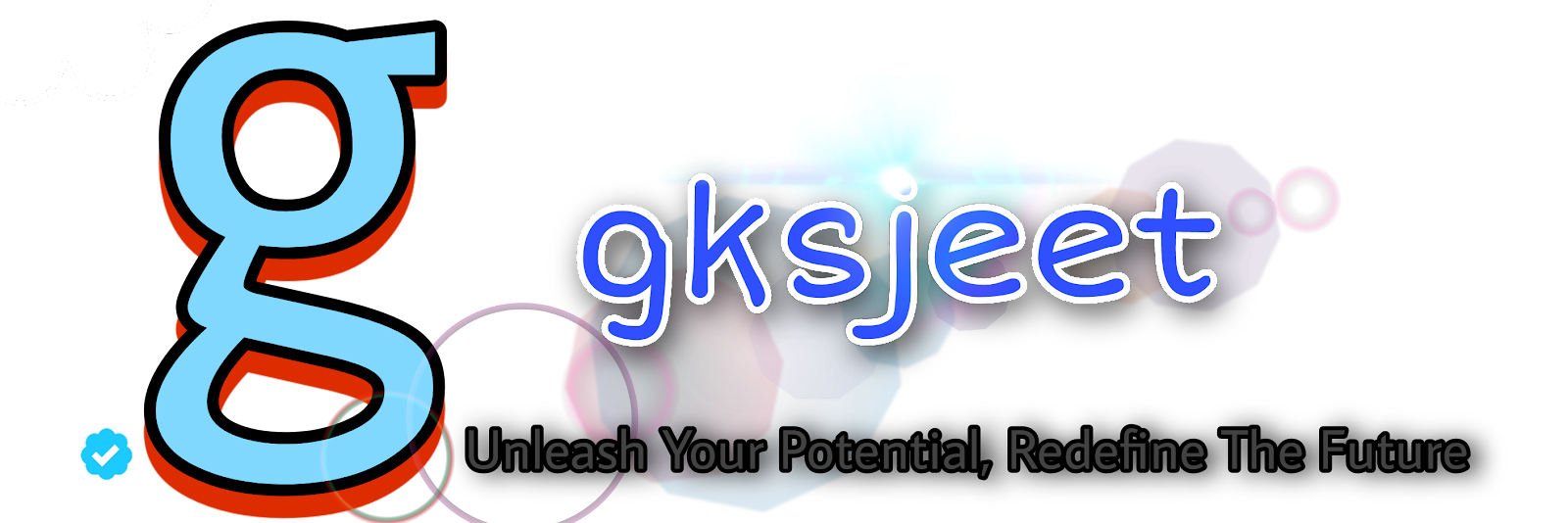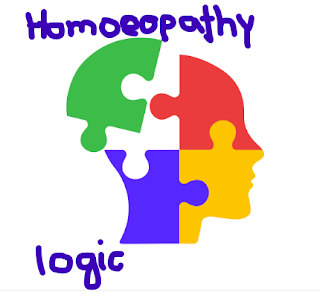Understanding the Logic of Homoeopathy : The Inductive Reasoning that Connects Patient Sufferings to Effective Treatments
In the practice of homoeopathy, a successful homoeopath skillfully connects their understanding of the Homoeopathic Materia Medica, Organon, and repertory to the patient's sufferings. The key factor that distinguishes a good prescription, diagnosis, and examination is the application of logical rules. Homoeopathy itself is developed and founded on inductive reasoning, which is the foundation of all modern science.
Logic, defined as the science and art of thinking, involves the study of principles and methods of thought, arguments, and conclusions. The term "logic" was first introduced by Aristotle, and his compilation of six books on logic is known as The Organon. Francis Bacon also contributed to the field of logic with his philosophical book, The Novum Organum, in which he explored different types of logic.
When discussing logical systems, several important properties come into play:
Logic is commonly divided into two parts:
Deductive logic, also known as "top-down" logic, involves drawing conclusions from universal general statements. The final conclusion reached through deductive reasoning is always true.
In summary, the success of a homeopath lies in their ability to logically connect their knowledge of Homoeopathic Materia Medica, Organon of medicine, and Repertory to the patient's sufferings.
Logic, defined as the science and art of thinking, involves the study of principles and methods of thought, arguments, and conclusions. The term "logic" was first introduced by Aristotle, and his compilation of six books on logic is known as The Organon. Francis Bacon also contributed to the field of logic with his philosophical book, The Novum Organum, in which he explored different types of logic.
When discussing logical systems, several important properties come into play:
- Consistency: A logical system should have theorems that are consistent with one another and not subject to any contradictory changes.
- Validity: Logic must be valid and true, ensuring that the conclusions reached through its application are never incorrect.
- Completeness: A logical system should be complete in all respects, without any extraneous elements or missing parts.
- Soundness: Sound logic has the property of preserving truth. It also addresses the completeness and validity of statements.
Logic is commonly divided into two parts:
- Deductive logic
- Inductive logic.
Deductive logic, also known as "top-down" logic, involves drawing conclusions from universal general statements. The final conclusion reached through deductive reasoning is always true.
For example:
All oranges are fruits.
All fruits grow on trees.
Therefore, all oranges grow on trees.
Inductive logic, also known as "bottom-up" logic, derives a general conclusion from particular examples. It allows for the possibility that the conclusion may be false, even if all the premises are true.
All fruits grow on trees.
Therefore, all oranges grow on trees.
Inductive logic, also known as "bottom-up" logic, derives a general conclusion from particular examples. It allows for the possibility that the conclusion may be false, even if all the premises are true.
For example:
All of the swans we have seen are white.
Therefore, all swans are white.
In the realm of homeopathy, the inductive method of reasoning forms the basis. This approach requires:
Therefore, all swans are white.
In the realm of homeopathy, the inductive method of reasoning forms the basis. This approach requires:
- Exact Observation: Based on Hahnemann's disappointment with the practice of medicine, he conducted experiments and observed the effects of substances like cinchona bark on his body. His exact observations allowed him to understand how such substances could generate symptoms and correlate them with the symptoms experienced by patients.
- Correct Interpretation: Hahnemann studied the phenomena produced by experiments and provings on different groups, ages, and sexes, reducing the probability of observational errors.
- Rational Explanation: Hahnemann explained the observed facts by relating them to known natural laws.
- Scientific Construction: Hahnemann organized the facts in a manner that aligned with reality. He applied principles developed from inductive reasoning and related them to the experiments he conducted.
Homoeopaths apply logic in various fields of medical practice, including:
- Identifying characteristic symptoms.
- Understanding the pathological unity of symptoms in a disease.
- Considering the totality of symptoms.
- Individualizing treatment based on the unique characteristics of the patient.
- The art of generalization, where patterns and principles are derived from specific cases.
- Generalizing the mental state of a patient to understand their overall well-being.
- Applying the law of causation to explore the cause-and-effect relationships underlying a patient's illness.
In summary, the success of a homeopath lies in their ability to logically connect their knowledge of Homoeopathic Materia Medica, Organon of medicine, and Repertory to the patient's sufferings.




